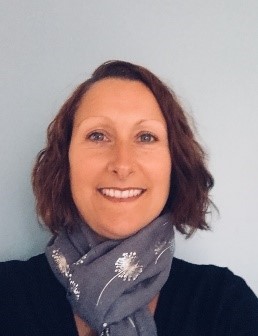17 JUNE 2019
Unlocking science for English language learners

In a survey with our teacher panel, 63% of teachers we spoke to felt language was a barrier to their English as a second language (ESL) students’ science learning. In a series of short, practical articles, ESL expert, Sally Burbeary shares her ideas and activities to help you break down this barrier.
In this article, Sally looks at the importance of CLIL in lesson planning and how to include all four English skills in your lesson – without becoming an English teacher! Over to Sally…
Let’s start with planning
You are a science teacher not an English teacher. You aren’t expected to teach English but being aware of the main challenges when teaching and learning science through English as a second language, means that you are equipped to help your learners reduce or remove the language barrier.
When you teach science in English, planning is key! When you are planning, ask yourself:
- What science topic am I covering?
- What English words and structures will my learners need to use?
This is where CLIL is so important.
CLIL is: “Content and Language Integrated Learning.”

Using all four skills
It is important to use all four skills when learning science in English. To help your learners, you should provide an opportunity in every lesson for learners to:

English is not a phonetic language which makes learning English as a second language challenging. It is not easy to know how to pronounce words when we look at them written down. Learners are more likely to recognise a word when they hear it, rather than when they read it. Similarly, it is often difficult for learners to spell science words accurately when writing in English. This is why it is helpful for learners to use all four skills in science lessons.
This is an example of a challenge when reading English words. Look at the word “science.” We need knowledge of how to decode letters and sounds when we read and say English words.
|
S
|
c |
i |
e |
n |
c |
e |
|
|
Silent letter |
This is a long vowel sound because of the letter “e” at the end |
|
|
Sounds like “S” |
We don’t pronounce this letter
|
As a science teacher, you cannot teach your learners all about decoding when reading and speaking, but there are other strategies you can use. To help learners recognise words when they see them and know how to pronounce them, we need to expose learners to what the words look like and sound like. This is just one of the methods of teaching science to ESL students.
Here is a very quick way of using all four skills in your lessons. At the start of your lesson, think of the key word or words that are important for today’s lesson, for example: “volume.”
- Write the word, or words, on the board = see it
- Say the word (in context) “today we are going to talk about volume.” = hear it
- Ask learners to write down what they are learning about (even if they copy from the board) = write it
- Ask learners to tell you what they are going to learn about in class today = say it
By taking these few simple steps, you are providing the opportunity for learners to: see it, say it, hear it and write it.
Here, we’ve covered the importance of CLIL and providing opportunities for your learners to use all four English skills when learning science. Next in the series we’ll be looking at another activity to help your learners with pronunciation.
 |
About the author Sally has worked in education for over 20 years both in the UK and internationally. As a consultant, she uses her knowledge to help other teachers and trainers. She is an author of our Cambridge Checkpoint Science English Language Skills Workbook, which helps students understand scientific terms and express themselves effectively in English. |
Thank you for your feedback which will help us improve our service.
If you requested a response, we will make sure to get back to you shortly.
×